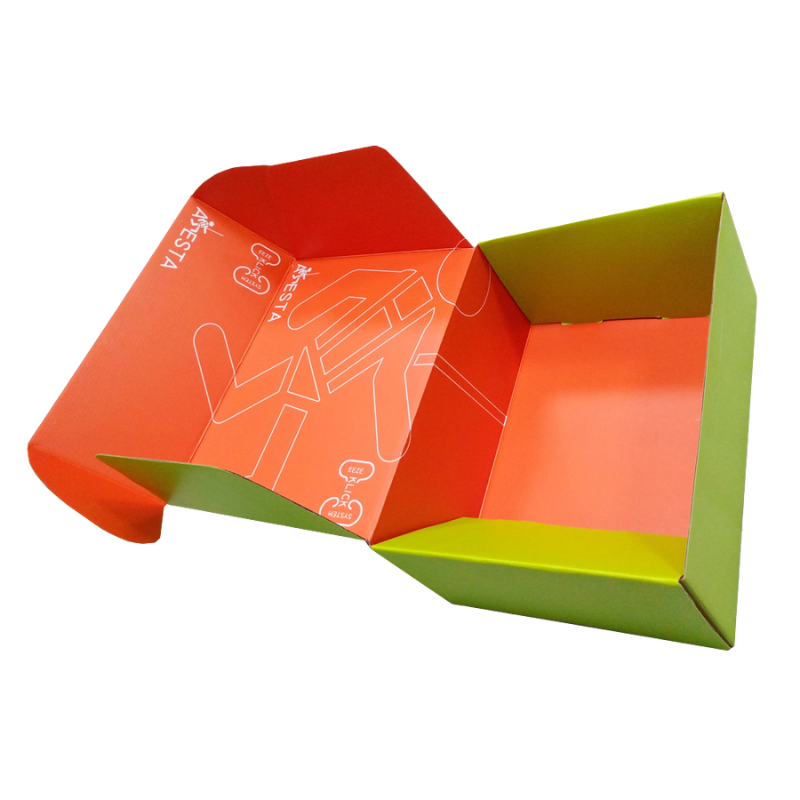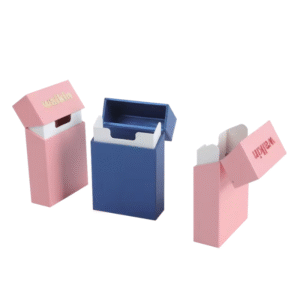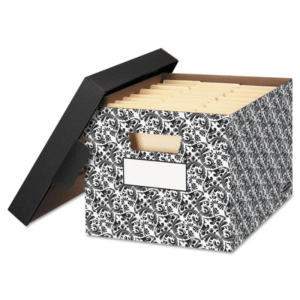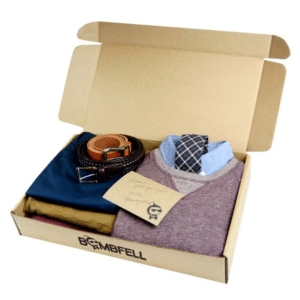Why Choose Toy Packaging?
Choosing the right packaging for your toys goes beyond merely enclosing them in a box. Toy packaging needs to offer several benefits to both the product and the brand. Here are some of the top reasons why toy packaging is crucial for your products:
Protecting the Product
Toys are often made from delicate materials that can easily get damaged during shipping, handling, or storage. Well-designed packaging offers the necessary protection to ensure your toys arrive in perfect condition. Whether it’s a plush toy, a set of building blocks, or a high-tech gadget, packaging ensures that the product stays intact and free from any environmental damage, such as moisture, dirt, or dust.
Enhancing the Unboxing Experience
The packaging also plays a significant role in the customer experience. For children, the excitement often begins with the box itself. A well-designed package can be as exciting as the toy inside. Bright colours, creative designs, and interactive packaging can enhance the unboxing experience, making it more fun and memorable. This plays an important role in encouraging repeat purchases and building brand loyalty.
Display and Visibility
In a retail environment, the packaging needs to be as visually appealing as the toy itself. Colourful, fun, and engaging toy packaging is a great way to capture the attention of both children and parents. Creative packaging designs, along with clear displays of the toy, help it stand out on the shelf, making it more likely to catch the eye of potential buyers. Packaging is the first thing that potential customers see, so it must represent your brand well.
Customisation for Branding
Packaging is an excellent opportunity to showcase your brand identity. Customised toy packaging allows you to incorporate your brand’s logo, message, colours, and overall design aesthetic. This helps create a consistent brand experience, making your toys easily recognisable and memorable to consumers. Customisation options also allow you to tailor packaging for specific markets or seasons (e.g., holiday-themed packaging for Christmas or other special occasions).
Compliance with Safety Standards
In the UK, toys are subject to strict regulations regarding safety and labeling. Packaging for toys must comply with industry standards to ensure that the product is safe for children to use. This includes age warnings, safety instructions, and the proper use of materials that are non-toxic and child-safe. Choosing packaging that adheres to these standards is essential for both the safety of your customers and the legal compliance of your brand.
Key Benefits of Toy Packaging
-
Durability and Protection
Toy packaging needs to be sturdy enough to withstand shipping, handling, and retail display. High-quality materials such as cardboard, plastic, and corrugated board help to provide the durability required to protect the contents during transit and storage. Packaging also helps to keep toys free from dust, moisture, and physical damage. -
Visual Appeal and Branding
Toy packaging is an excellent opportunity to market your product. The packaging serves as a reflection of your brand, and custom designs can help communicate your brand’s personality. Bright colours, appealing graphics, and fun designs are all great ways to attract attention and set your toy apart from others on the shelf. -
Compliance and Safety
Ensuring that your toy packaging complies with UK safety regulations is critical. Packaging provides space to include important safety information such as age recommendations, safety warnings, and proper usage instructions. This is especially crucial when packaging toys for children under three years of age, as small parts and choking hazards must be clearly marked. -
Eco-Friendly Packaging Options
Sustainable packaging is becoming more important to consumers, especially in today’s environmentally conscious world. Many toy manufacturers are moving toward eco-friendly packaging solutions, such as recyclable, biodegradable, or compostable materials. By opting for sustainable packaging, you show your commitment to reducing environmental impact and appeal to eco-conscious buyers. -
Cost-Effective Solutions
Packaging is a significant cost for toy manufacturers, but there are ways to keep it affordable while maintaining quality. Bulk purchasing and choosing simple yet effective packaging options help reduce costs. Whether you opt for simple cardboard boxes or more intricate custom designs, there are plenty of packaging solutions to fit various budgets.
Popular Types of Toy Packaging
-
Cardboard Boxes: One of the most common packaging options for toys, cardboard boxes offer versatility and durability. They can be easily customised with vibrant designs, logos, and messages, making them perfect for a wide range of toys.
-
Blister Packs: Ideal for small toys, such as action figures or collectibles, blister packs allow customers to see the product before purchasing. They provide protection while also allowing the toy to be displayed clearly.
-
Plastic Packaging: Clear plastic packaging is commonly used for toys that require visibility. This is especially effective for toys that need to be handled or tested by customers before purchase.
-
Tins and Cylindrical Containers: For unique or premium toys, metal tins or cylindrical containers offer an attractive and durable option. These are especially effective for collectible items, puzzles, or building sets.
-
Eco-Friendly Packaging: Biodegradable, recyclable, and compostable packaging options are increasingly in demand. These options offer both safety for the toy and minimal environmental impact.
How to Choose the Right Toy Packaging
When selecting packaging for your toys, consider the following factors:
-
Material: Choose packaging materials that offer durability and safety. Cardboard is a cost-effective and versatile option, while plastic can provide visibility. For eco-conscious consumers, biodegradable or recyclable materials are the preferred choice.
-
Size and Shape: Make sure the packaging fits your toy properly. Oversized packaging leads to waste, while packaging that’s too small may not provide adequate protection. Opt for packaging that complements the toy’s shape and size.
-
Design and Customisation: Your packaging should reflect your toy’s theme and target audience. Consider fun and engaging designs that appeal to children, or opt for sleek, minimalist packaging for more high-end or collectible toys.
-
Compliance with Regulations: Ensure that the packaging meets safety standards for the UK. Include necessary information such as safety warnings, recommended age groups, and material specifications.
Final Thoughts
Toy packaging plays a vital role in presenting your products in an appealing, safe, and engaging way. It’s not just about protecting the toys; it’s about creating an unforgettable experience for both children and parents. With the right packaging, you can ensure your toys stand out in the marketplace, stay safe during transit, and reflect your brand’s identity. For businesses in the UK looking for high-quality, customisable packaging, wholesaleboxes.co.uk offers a wide range of toy packaging solutions to meet all your needs.
FAQs About Toy Packaging
Q1: What materials are best for toy packaging?
Cardboard, plastic, and metal are popular choices for toy packaging. The material should be durable enough to protect the toy and suitable for the toy’s type and size. Additionally, eco-friendly options such as recyclable or biodegradable materials are increasingly popular.
Q2: Can I customise toy packaging with my brand logo?
Yes, customisation is a great way to make your toy packaging stand out. You can add your logo, brand colours, and unique designs to the packaging, making it instantly recognisable and enhancing your branding efforts.
Q3: How can I make my toy packaging more environmentally friendly?
Opting for recyclable, biodegradable, or compostable materials is a great way to make your toy packaging more eco-friendly. You can also reduce packaging waste by using minimalistic designs or opting for reusable containers.
Q4: Are there safety regulations for toy packaging in the UK?
Yes, toy packaging must comply with UK safety regulations. This includes clear labelling of safety warnings, age appropriateness, and material specifications. Make sure to check the latest guidelines to ensure your packaging is compliant.
Q5: What types of toys benefit from blister packaging?
Blister packaging is ideal for small toys, such as action figures, puzzles, and collectibles. It provides visibility while protecting the toy from damage.









